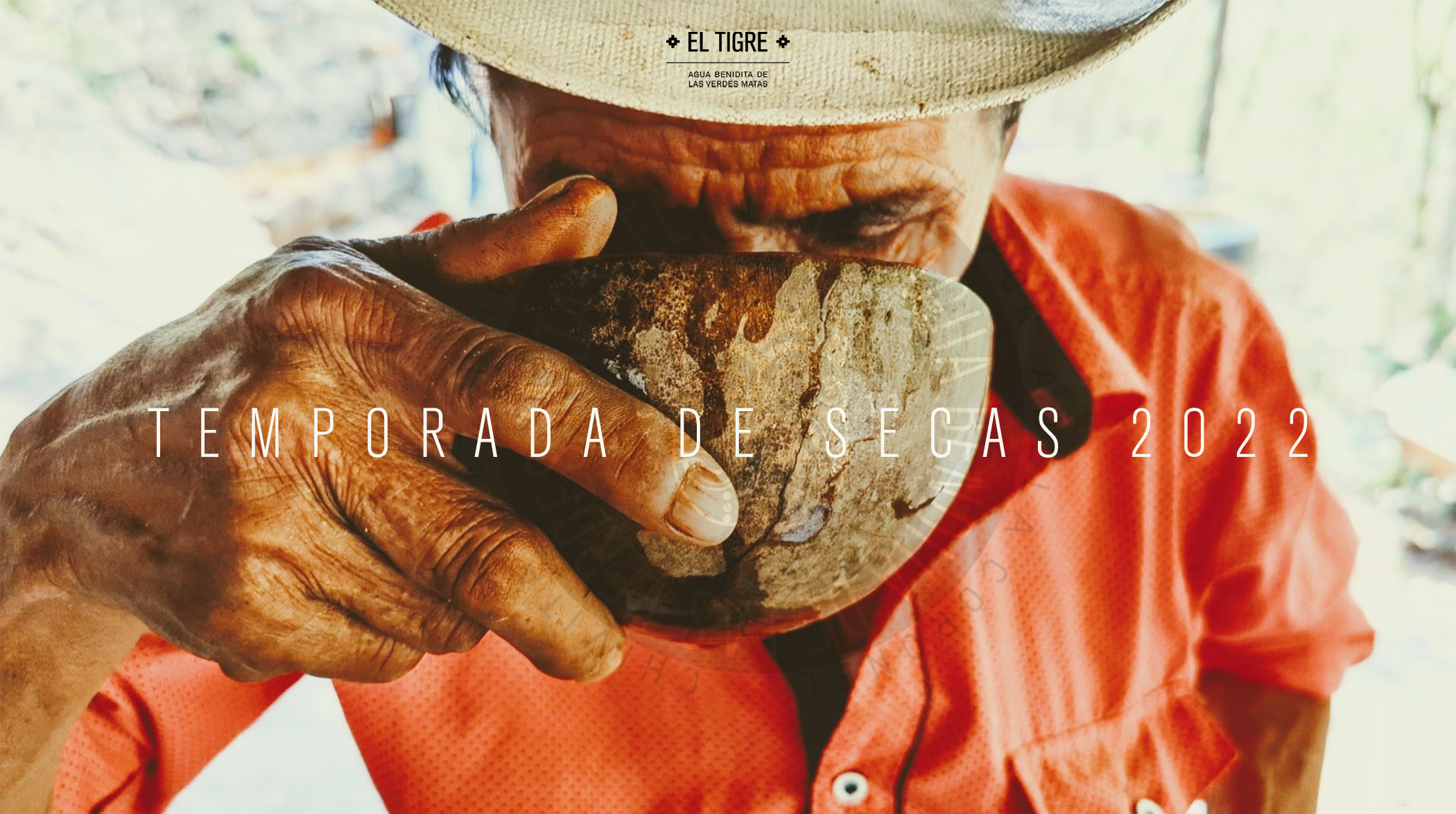
El TIgre
Santa María La Ribera, CDMX
Damian and Raquel, the founders of El Tigre, officially started the project in 2011, but the roots date back to the early 2000s, when Damian’s tío Chimino, an accomplished magueyero (agave farmer) first introduced him to the Patricio García family, and Damian, who had grown up in Mexico City and Detroit, began developing a greater interest in the culture of his family’s ancestral home in Atempa-Xulchuchio.
Since then, the couple have hosted mezcal tastings in their home in Mexico City as way of spreading Atempa’s culture of mezcal, while using the proceeds to help support and preserve the web of agricultural and artisan communities that all play important parts in Atempa’s traditional social, religious and economic systems.
Familia Patricio García
Atempa-Xulchuchio, Guerrero
Tío Chuchi, 77, and his wife Tía Victoria, 75, have made agave spirits in the same chivita (distillery) since getting married 50+ years ago. Before that, it was shared by their fathers and which their father’s shared before that, and Chuchi’s grandfather before that. While most of the couple’s seven children have left Atempa for more lucrative work in the North, the couple continues to endure the physical work of roasting and mashing agave, and the long sleepless nights while distilling.
PRODUCTION
Distilling Season(s): March to June (dry season)
Woods used in Oven: Tepehuaje
Agaves used: Papalote, Zacamexcal
Oven Size: Apron. 120 heads (piñas)
Cook Time: 7 days
Rest Between Oven and Mill: 1-2 days
Mill Type: Wooden mallet in wooden canoa
Fermentation vessel: plastic
Water Source: Spring
Fermentation Time: 3-5 days
Still Type: filipino, steel/clay coxcomite
Number of stills: 1
Distillations: 2
THE BASICS (November, 2022)
Where did the inspiration for the El Tigre project come from?
Damian & Raquel: Anti-racism. Twenty years ago, before the mezcal boom had taken off, rural Mexican culture was looked down on in cities. Mezcal over the years has become an opportunity to promote the values of the culture of the Montaña baja region of Guerrero. To vindicate the origin and the values where mezcal is coming from, as a cultural artifact with its own story and social value.
What are the goals of the project?
Damian & Raquel: To promote, through mezcal, an artifact of culture rooted in social interactions, the rural values of the Montaña Baja region of Guerrero. Contextualizing it in the cities for new consumers, who are aware of the long history of the biological and social lanscape that constructed the rich complexity of this spirit.
To contribute to the preservation of mezcal culture from the region with concrete actions. Ensure that mezcal stays in the community and continues to be used as medicine, as part of its own rituals, celebrations and trade. As well as to preserve the population of local maguey species at a sustainable population.








